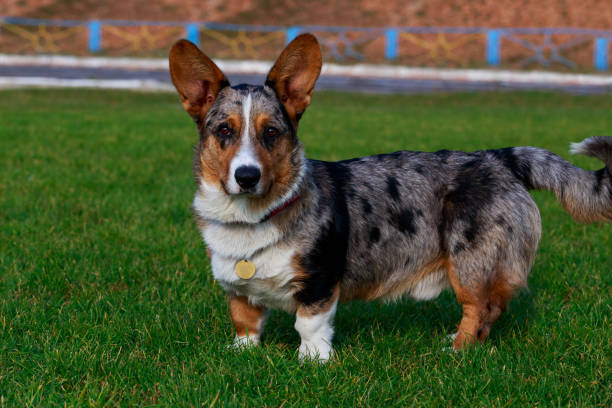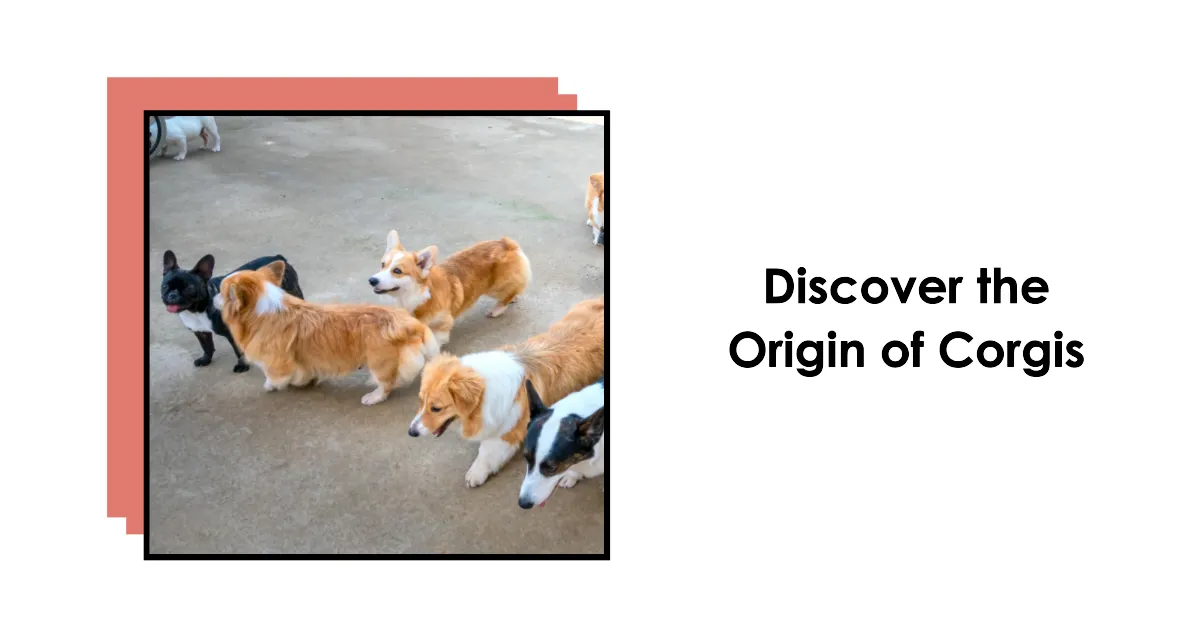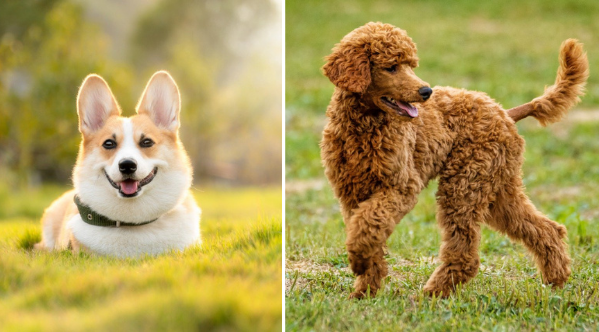All About Corgis with Long Tails

Introduction
It is a privilege to have a pet be there for you in times of need, and what better choice for a pet than a cute little corgi. However, whether you are lucky and already have a corgi or are looking to get one, it is reasonable to have doubts in mind about your fur-ball. There’s a lot of controversy across the internet over the tail of the corgis. Today we will give you a clear sight of the above aspect and assist you in making an informed decision before getting your corgi.
Are all corgis born with tails?
Both Cardigan Welsh and Pembroke Welsh Corgis are born with tails. However, just because you never see a Pembroke Corgi with a tail does not necessarily prove they are born without it.
This happens due to docking, which is a traditional practice in the US as per the regulations of the American Kennel Club(AKC). Both the breeds have fluffy tails at birth and a fox-like appearance. Cardigan Corgis, however, do not get their tails docked.
Vets claim that docking their tails within a few days (when their brains are not psychologically developed) from birth is considerably less discomforting for them than practices like neutering and common surgeries.
Upon docking, Pembrokes get their characteristic bobtail, enabling them to meet the AKC standards. Although, in some rare cases, corgis can even be born with a natural bobtail due to genetic mutation.

In 2007, breeders witnessed a ban on docking. This led to a decline in their breeding as the common notion suggested that docked corgis are more desirable. As a consequence, the ban was soon lifted.
Biological Interpretation
An autosomal dominant gene causes a natural bobtail in corgis in some cases. However, only one of the parents should be having this gene to have a healthy offspring. If more than one copy is passed onto the successor (one from each parent), it will lead to complications. Although in most cases, the puppy is then expelled from the uterus, some instances also result in death.
Thus, breeders who claim that their puppies are natural bobtail present a hoax. Therefore, it is right to conclude that the long-tail gene can never be eliminated from the gene pool leading to the birth of long-tail corgis.
Which Corgis have Tails?
It is common for Pembrokes to get their tails docked as they are high in demand. On the other hand, Cardigan Corgis have regular long and fluffy tails. Even though both of these breeds are related, they have more than just their tails as a difference.
Cardigan Welsh Corgi

Young puppy breed Welsh Corgi Cardigan standing on the green grass
Shadowed by the popularity of its tailless counterpart, this is a great breed to adopt. They are also fantastic farm animals. Weighing around 25 to 38 pounds, their height usually maxes out at 11-13 inches.
They come in shades of red, black, sable, and blue merle coupled with additional white markings throughout the body. You can expect them to live around 13-15 years, given they have access to a healthy diet. They often suffer from hip dysplasia. Hence, keeping them lean is a good idea to keep health issues at bay.
ProsConsFun-loving and gentle demeanor.
They bark a lot
Water repellent and easy-care coat.
Don’t do well when left alone.
Excellent pets for the family.
Shy with strangers.
Pembroke Welsh Corgi

They are perfect house dogs, loved by everyone, including Queen Elizabeth II. Despite their small size, they make excellent herding dogs and can be often seen competing in various herding competitions organized by the AKC. Their tails are docked, and they come with rounded ears instead of the pointed ones in Cardigans. Ensure that you exercise them for 30 minutes every day.
They come with a short double coat length and can be seen in black, tan, and shades of red.
ProsConsGood with children
They shred a lot
Quick Learners
Corgis are noisy
Highly Active
Require regular exercise
Introduction to Tail Docking
Docking translates to amputation of some of the complete portion of a puppy’s tail to save it from disease or enhance its desirability in some instances. This practice helped aristocrats tell their dogs apart from common ones in the earlier times. Apart from cosmetic improvements, there are not many advantages to bag on the side of docking. It has pitfalls like :
- Puppies often incur pain during the process as tendons and tissues are cut off. As the wound heals, the pain persists for a while.
- It can also cause long-term chronic distress.
- Dogs use their tails to communicate by given signals such as the desire to play and friendliness. Docking decapitates them from this practice leaving them prone to being misinterpreted by their owners.
Thus, docking is banned in countries like Austria, Switzerland, Netherlands, Finland, Germany, and Norway.
However, vets defend this by arguing that this is done for better hygiene and prevents damage while hunting. Nevertheless, consensus terms this practice as simply inhumane.
FAQs
Can two bobtail corgis mate?
This can lead to the birth of a deformed puppy if both the parents pass on their bobtail gene onto the offspring. Therefore, two bobtail corgis should not mate.
In which countries is docking legal?
It is not encouraged in the UK, Australia, and Canada. However, the States is one of the countries to still perform this practice due to high demands.
Does docking hurt?
Well-known vets have reported that it is a painless procedure. However, there is a constant debate on this.
How to tell if your corgi was docked?
Usually, breeders provide information regarding this. However, in case you have a rescued Corgi, there are various genetic tests available that tell you if your corgi was docked or not.











